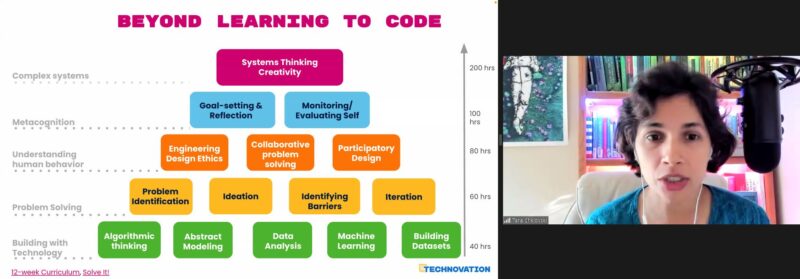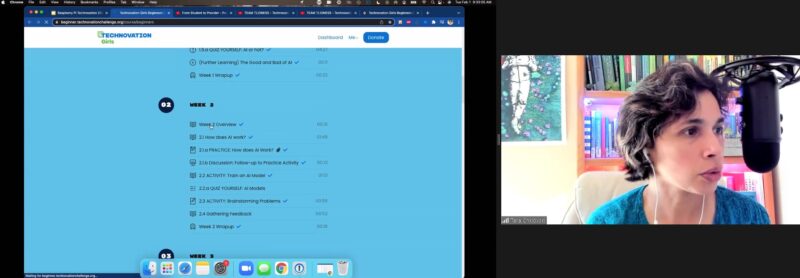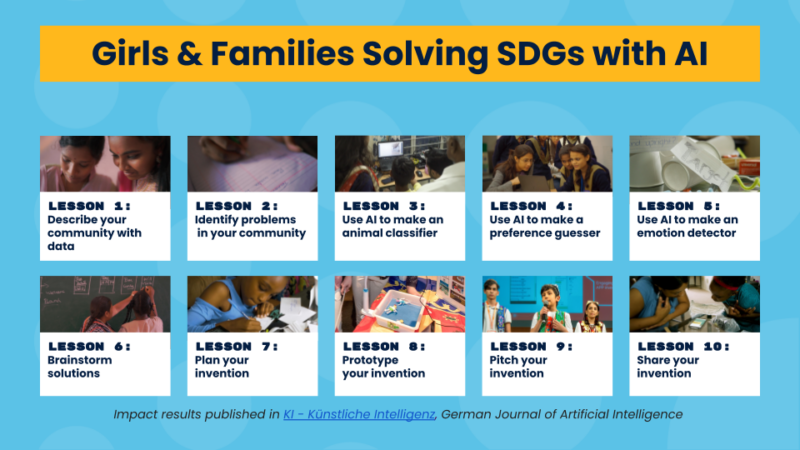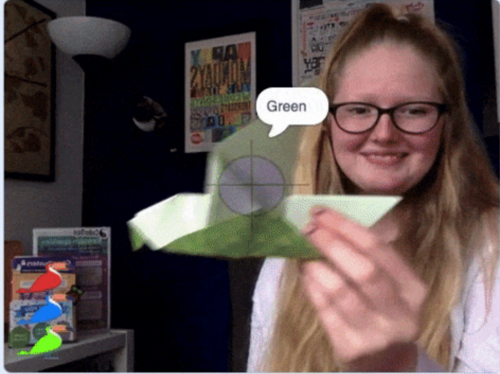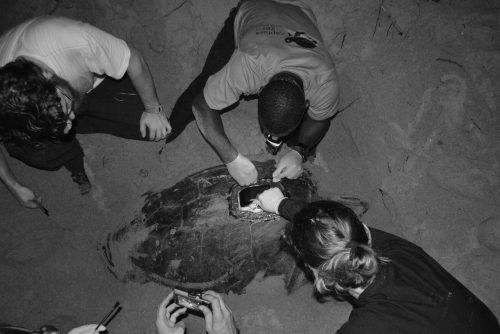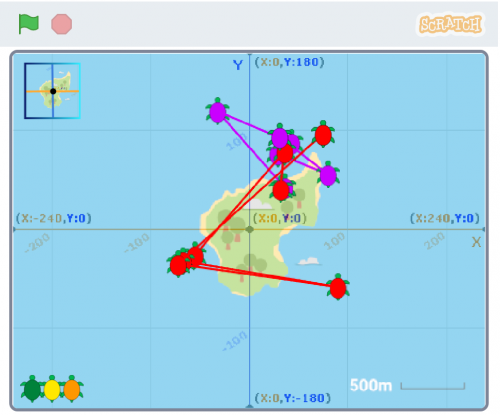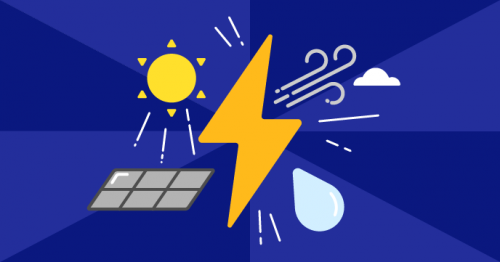Post Syndicated from Gemma Coleman original https://www.raspberrypi.org/blog/computing-sustainability-classroom-hello-world-19/
Issue 19 of our free magazine Hello World, written by and for the computing education community, focuses on the interaction between sustainability and computing, from how we can interact with technology responsibly, to its potential to mitigate climate change.
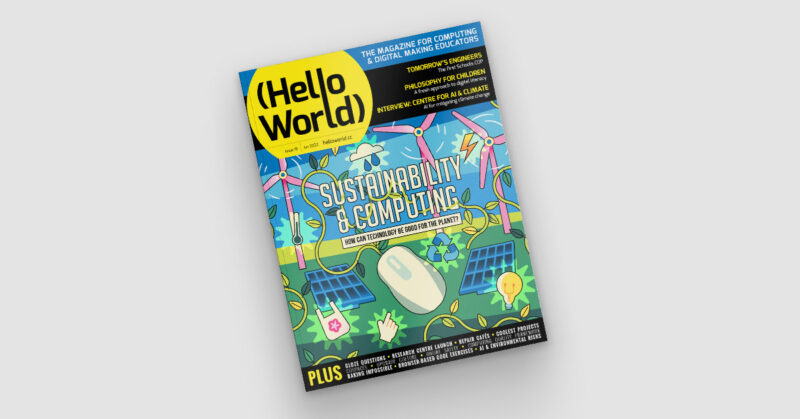
To give you a taste of this brand-new issue, here is primary school teacher Peter Gaynord’s article about his experience of using an environmental case study to develop a cross-curricular physical computing unit that gives his learners a real-life context.

Real-life problem solving
The prospect of developing your own unit of work from scratch can feel very daunting. With the number of free resources available, it begs the question, why do it? Firstly, it gives you the opportunity to deliver computing that is interwoven with the rest of your curriculum. It also naturally lends itself to a constructionist approach to learning through meaningful engagement with real-world problem-solving. In this article, I am going to share my experience of developing a ten-lesson unit of physical computing for students aged nine to ten that is linked to the more general topic of the environment.
To engage children in the process of problem-solving, it is important that the problem is presented as a real and meaningful one. To introduce the topic of the environment, we showed pupils a video of the Panama Canal, including information about the staggering amount of CO2 that is saved by ships taking this route instead of the alternative, longer routes that use more fuel. However, we explained that because of the special geographical features, a moving bridge needed to be constructed over the canal. The students’ challenge was first to design a solution to the problem, and then to make a working model.
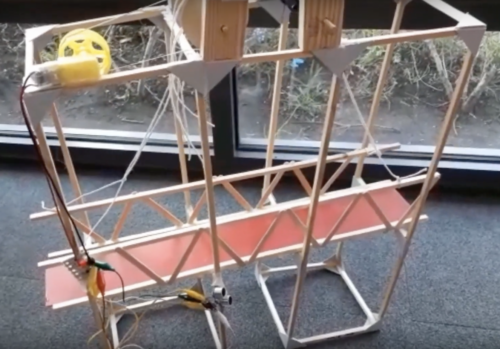
The model would use physical computing as part of the solution to the problem. The children would program a single-geared motor using a Crumble microcontroller to slowly lift and lower the bridge by the desired amount. We decided to issue a warning to drivers that the road bridge was about to close using a Sparkle, a programmable LED. Ultimately, the raising and lowering of the bridge would happen automatically when a ship approached. For this purpose, we would use an ultrasonic sensor to detect the presence of the ship.
Building the required skills
To develop the skills required to use the Crumble microcontroller, we led some discrete computing lessons based largely on the Teach Computing Curriculum’s ‘Programming A — Selection in physical computing’ unit. In these lessons, the children developed the skill of sensing and responding differently to conditions using the selection programming construct. They learnt this key concept alongside controlling and connecting the motor, the Sparkle, and the ultrasonic sensor.
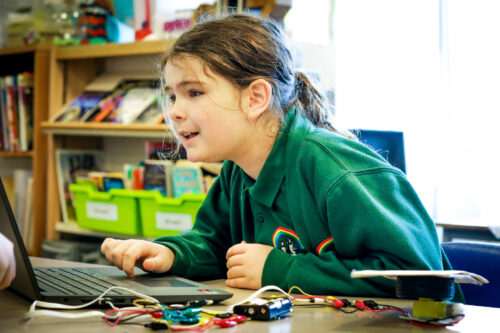
For students to succeed, we also had to teach them skills from other subjects, and consider at what stage it would be most useful to introduce them. For example, before asking children to document their designs, we first needed to teach the design technology (DT) objectives for communicating ideas through sketches. Most other DT objectives that covered the practical skills to make a model were interwoven as the project progressed. At the end of the project, we guided the children through how to evaluate their design ideas and reflect on the process of model making. Before pupils designed their solutions, we also had to introduce some science for them to apply to their designs. We covered increasing forces using levers, pulleys, and gears, as well as the greenhouse effect and how burning fossil fuels contributes to global warming.
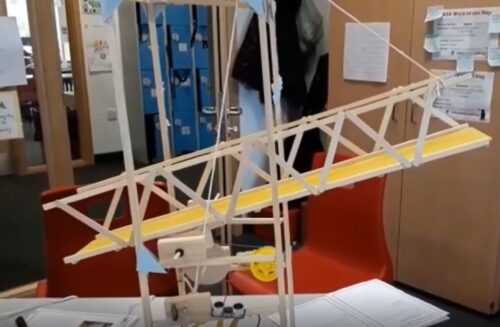
It is very important not to specify a solution for students at the beginning, otherwise the whole project becomes craft instead of problem-solving. However, it is important to spend some time thinking about any practical aspects of the model building that may need extra scaffolding. Experience suggested that it was important to limit the scale of the children’s models. We did this by showing them a completed central bridge span and later, guiding the building of this component so that all bridges had the same scale. It also turned out to be very important that the children were limited in their model building to using one single-geared motor. This would ensure that all children engaged with actively thinking about how to utilise the lever and pulley system to increase force, instead of relying on using more motors to lift the bridge.
If you want to finish reading Peter’s article and see his unit outline, download Hello World issue 19 as a free PDF.
Discover more in Hello World 19 — for free
As always, you’ll find this new issue of Hello World packed with resources, ideas, and insights to inspire your learners and your own classroom practice:
- Portraits of scientists who apply artificial intelligence models to sustainability research
- Research behind device-repair cafés
- A deep dive into the question of technology obsolescence
- And much more
All issues of Hello World as available as free PDF downloads. Subscribe to never miss a digital issue — and if you’re an educator in the UK, you can subscribe to receive free print copies in the post.
PS: US-based educators, if you’re at CSTA Annual Conference in Chicago this month, come meet us at booth 521 and join us at our sessions about writing for Hello World, the Big Book of Computing Pedagogy, and more. We look forward to seeing you there!
The post Computing and sustainability in your classroom | Hello World #19 appeared first on Raspberry Pi.

